The Home Security Sensor Market is currently characterized by a dynamic competitive landscape, driven by technological advancements and increasing consumer demand for enhanced security solutions. Key players such as ADT Inc. (US), Honeywell International Inc. (US), and Ring (US) are at the forefront, each adopting distinct strategies to solidify their market positions. ADT Inc. (US) focuses on innovation through the integration of smart home technologies, while Honeywell International Inc. (US) emphasizes partnerships with tech firms to enhance its product offerings. Ring (US), known for its user-friendly devices, is expanding its ecosystem to include more comprehensive home security solutions, thereby shaping a competitive environment that prioritizes technological integration and customer-centric approaches.
In terms of business tactics, companies are increasingly localizing manufacturing and optimizing supply chains to enhance efficiency and reduce costs. The market appears moderately fragmented, with several players vying for market share, yet the collective influence of major companies like Vivint Smart Home, Inc. (US) and SimpliSafe, Inc. (US) is notable. These firms are leveraging their established brand recognition and customer loyalty to navigate the competitive structure effectively, indicating a trend towards consolidation in certain market segments.
In August 2025, Vivint Smart Home, Inc. (US) announced a strategic partnership with a leading AI firm to enhance its security sensor capabilities. This collaboration aims to integrate advanced machine learning algorithms into their systems, potentially revolutionizing how users interact with their home security. The strategic importance of this move lies in its potential to provide users with predictive analytics, thereby increasing the overall effectiveness of home security measures.
In September 2025, Honeywell International Inc. (US) launched a new line of eco-friendly security sensors designed to minimize energy consumption. This initiative not only aligns with global sustainability trends but also positions Honeywell as a leader in environmentally conscious technology. The strategic significance of this launch is profound, as it caters to a growing consumer base that prioritizes sustainability in their purchasing decisions, thereby enhancing brand loyalty and market share.
In October 2025, Ring (US) unveiled an innovative subscription model that offers users enhanced features and services for a nominal fee. This strategic shift aims to create a recurring revenue stream while providing customers with more value-added services. The importance of this model lies in its potential to foster long-term customer relationships and increase user engagement, which is crucial in a competitive market.
As of October 2025, the Home Security Sensor Market is witnessing trends such as digitalization, AI integration, and a heightened focus on sustainability. Strategic alliances among key players are shaping the competitive landscape, fostering innovation and collaboration. Looking ahead, it is likely that competitive differentiation will increasingly hinge on technological advancements and supply chain reliability, rather than solely on price. This shift underscores the importance of innovation and adaptability in a rapidly evolving market.


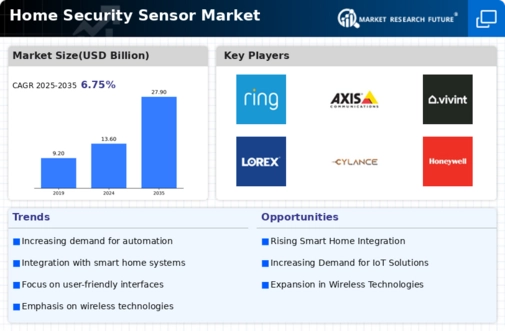
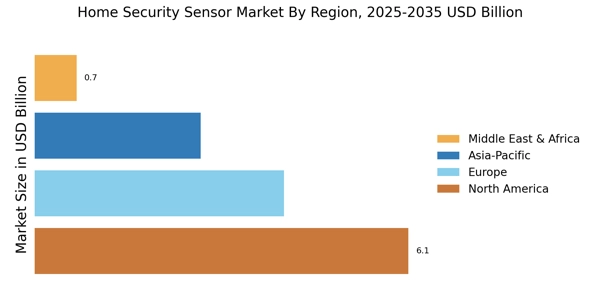
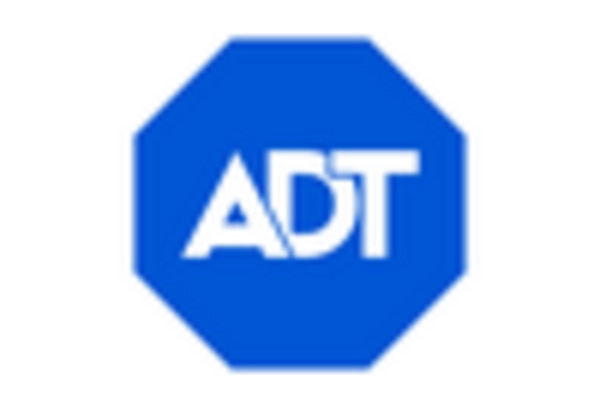

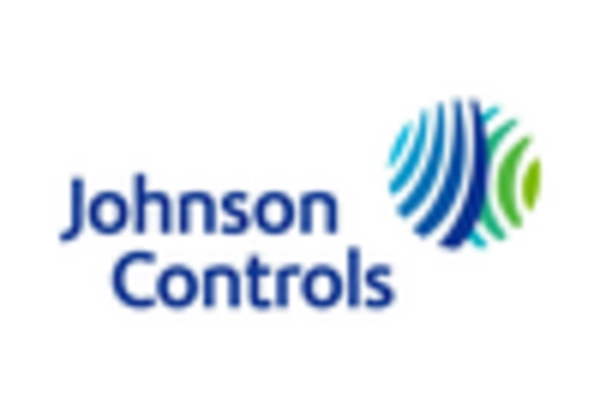
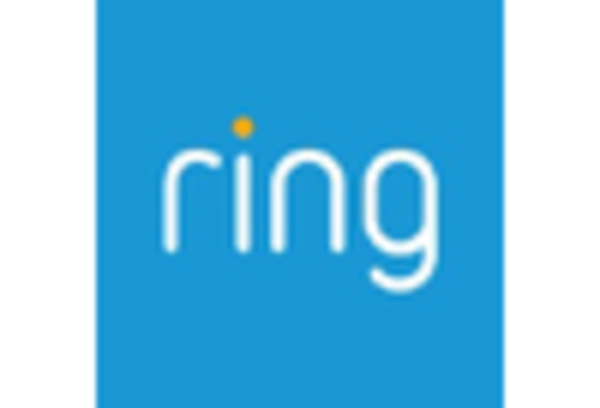

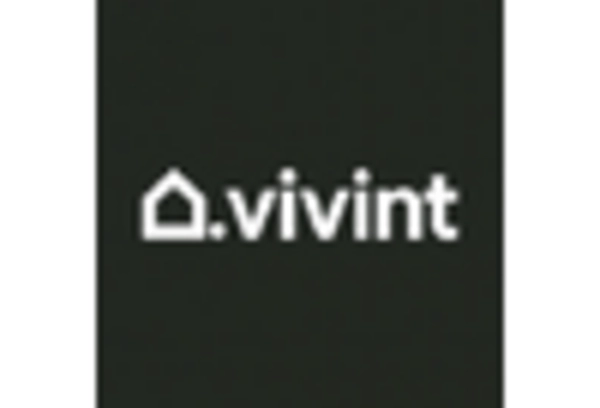








Leave a Comment